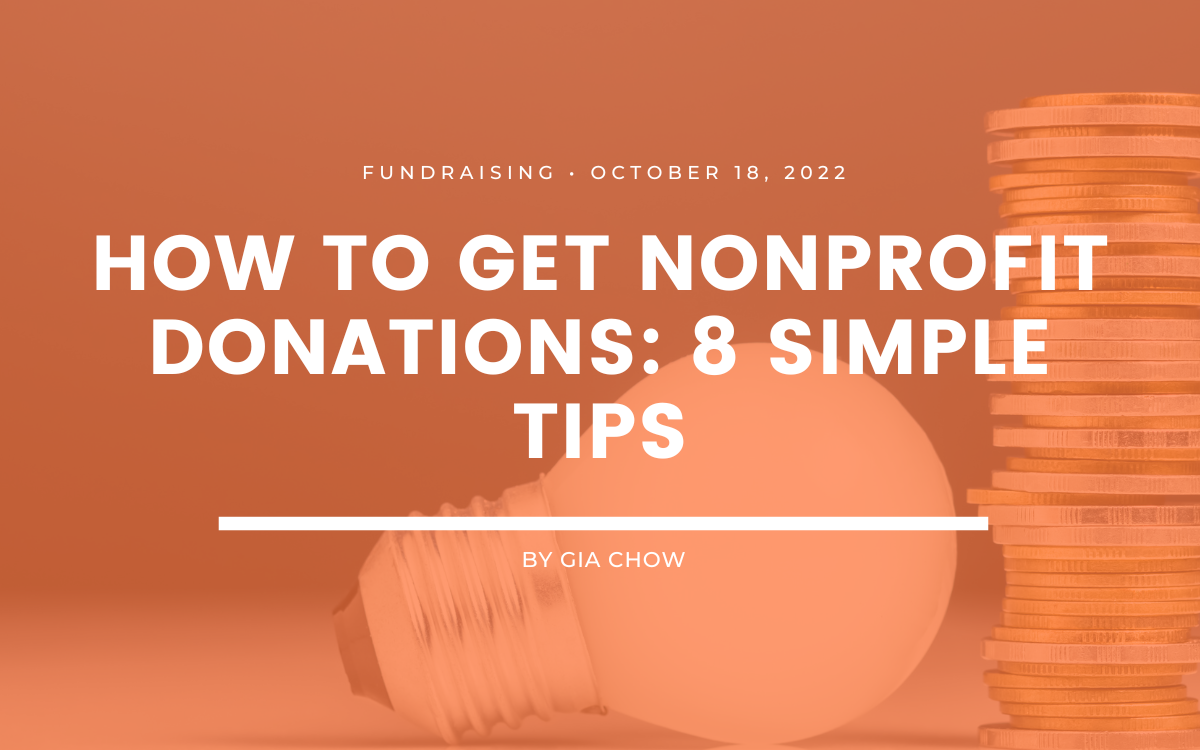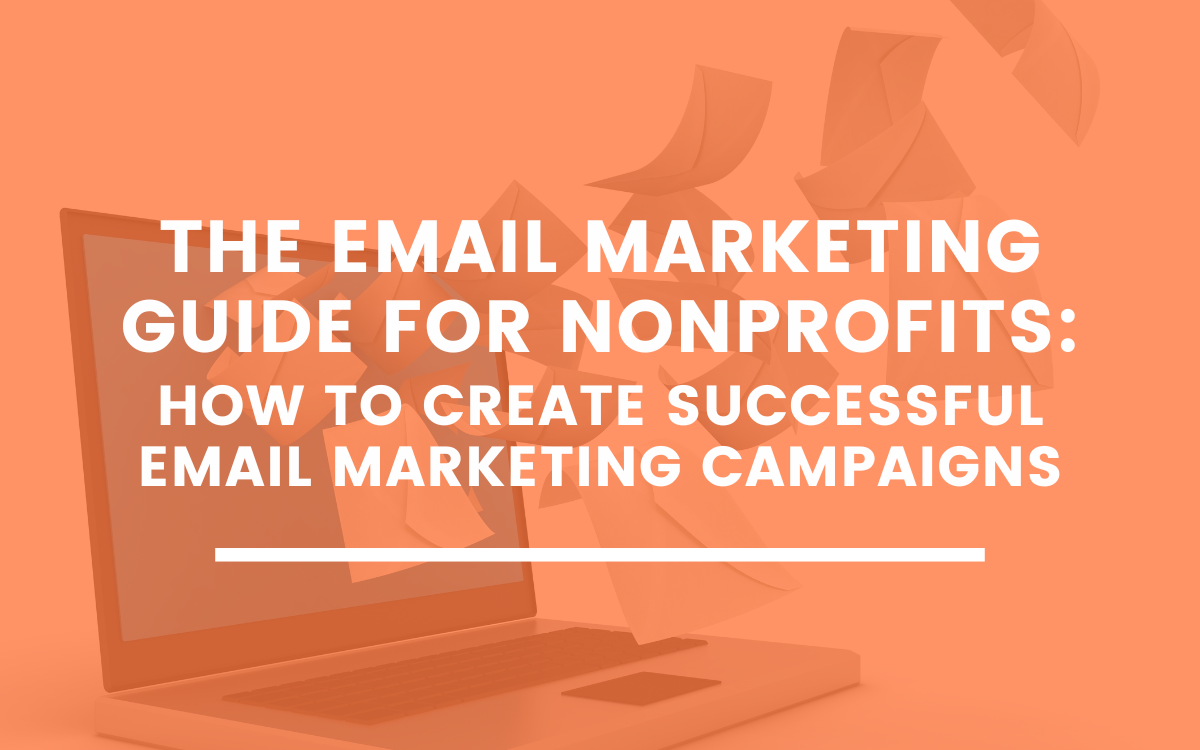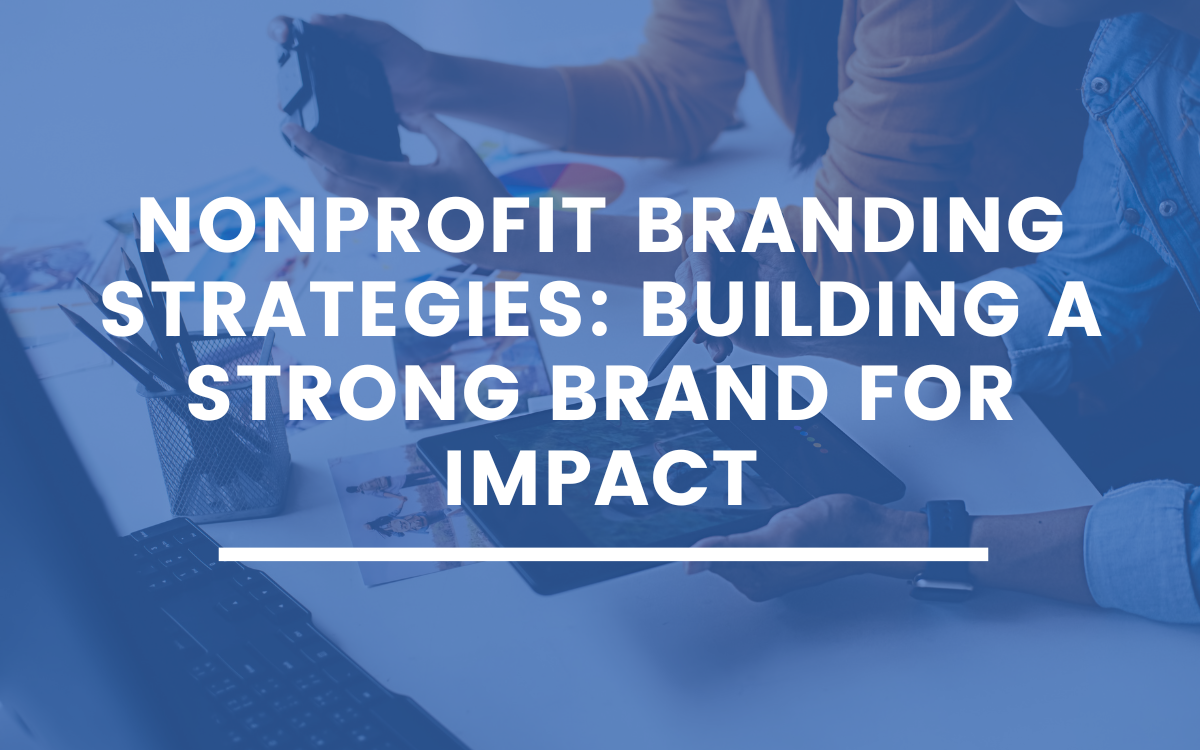Here’s How to Start A/B Testing Your Website
3 min to read ✭ We’re sharing tips on how to start A/B testing your website! Learn what tools you can utilize to increase your efficiency and effectiveness with A/B testing.
What Is A/B Testing?
A/B testing is also commonly known as split testing. It refers to testing two different versions of something by sending out both, version A and version B. Then, you look at which one performs better.
For example, you can take a page of your website and make two variations of it. From there, you send fifty percent of your audience one variation and the other half the second variation. This way, you can see which one of those pages is performing better. Conducting A/B tests is important because you cannot improve what you are not measuring. By looking at which variation is more relevant to your audience, you can further ensure that your content continues to stick. You could be leaving behind thousands of conversions by simply not testing and therefore not knowing exactly what your audience responds to best.
A/B Testing Tools: Optimizely and Clickfunnels
There are tons of useful tools that will help you jumpstart A/B testing your nonprofit’s website. If your organization’s website is running on WordPress, there are actually two plugins that we are super excited about: Optimizely and Clickfunnels. Optimizely allows you to run experiments on the backend of your website and target creating an optimized experience for your website visitors. On the other hand, Clickfunnels isn’t so much for testing your actual website, but rather for creating and experimenting with various landing pages within your website.
Test Multiple Elements of Your Site
There are many elements within your website that you should consider A/B testing. It can seem overwhelming to know which ones you should be focusing on, but really, there’s no wrong answer here. Experiment with the imagery of your web page’s overall style or with the call to action text on the buttons. You can even play around with your headlines, the tone of your copy, or the copy itself. The list goes on and on. The more elements you test, the better the recipe you’ll cook up for an enhanced website experience.
Learn How to Read the Metrics
Understanding how to look at the statistics behind your A/B test will help you out tremendously. You can further understand when to run the tests, when to stop the ones that you are currently running, and when to start new tests. Tools like Optimizely and Clickfunnels make it even easier for you to understand when the A/B tests are statistically significant. If you see metrics sporting variation A with a statistical significance of ninety-five percent, then you can know that there is enough data to back it. However, if you run a test that is conclusive with a low statistical significance, say thirteen percent, then you will want wait a little longer until there is more data to back the test. Eventually, once you keep testing over and over again, you will hit a point of diminishing returns. This is good and it’s what you want to look for! Reaching that point means you have tested your page as much as possible, ensuring that it is as optimized as possible.
Stay Connected for More Conversion Design Tips!
Subscribe to our newsletter and stay connected on social to be sure you keep seeing more videos in the future! We are going to be getting more in-depth with conversion design in videos to come, so be sure you don’t miss out.




